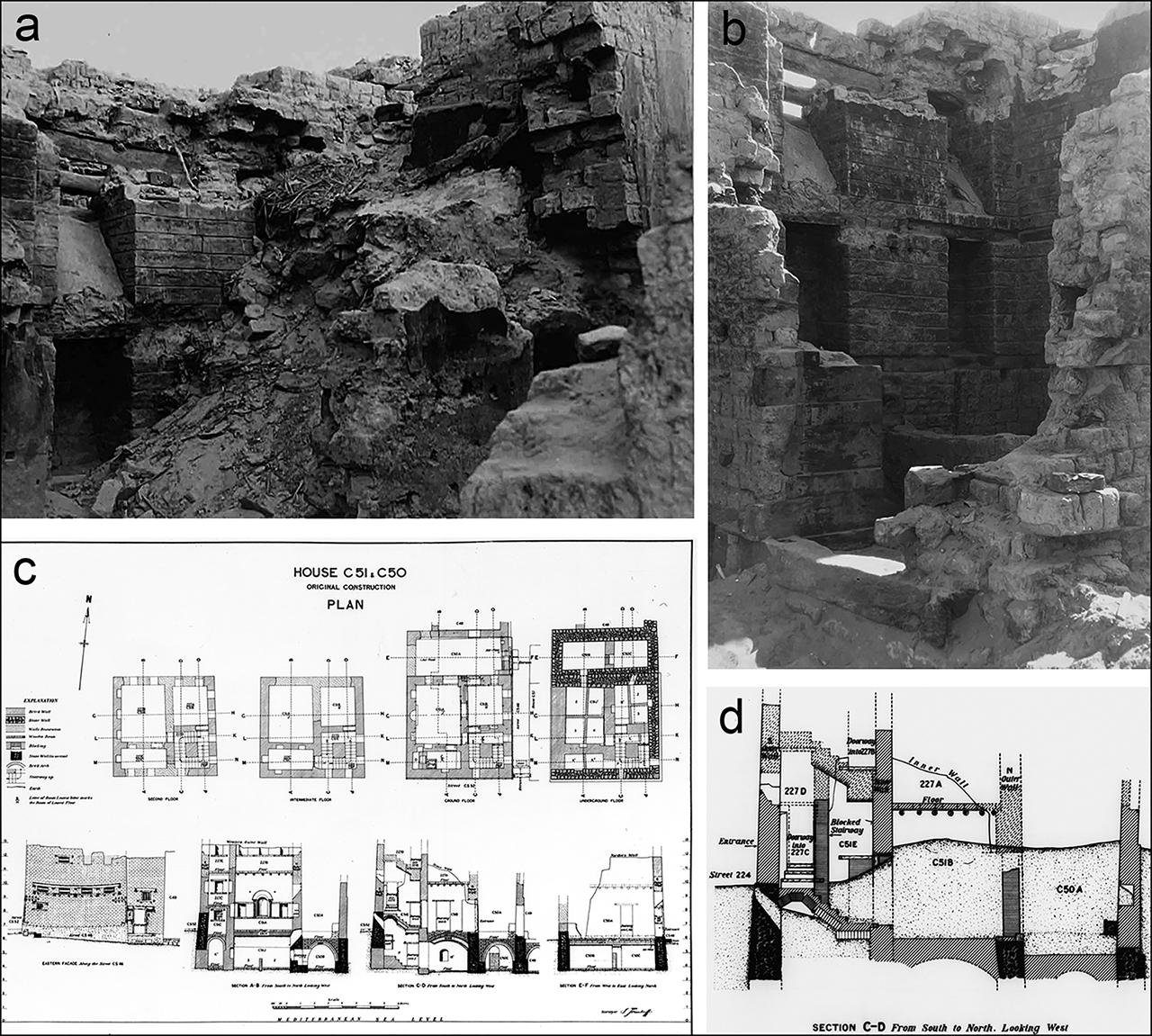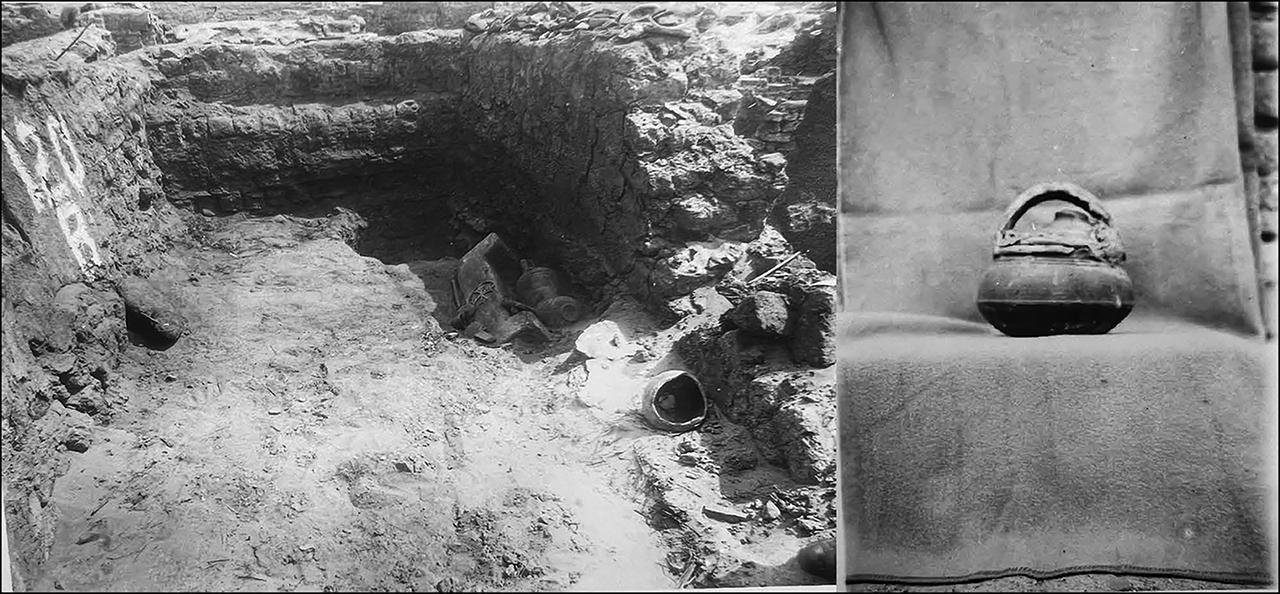A new study has reshaped our understanding of the ancient Greco-Roman settlement of Karanis, located in the Fayum oasis of Egypt.
 Karanis Ruins in Egypt. Credit: Einsamer Schütze, Wikimedia Commons
Karanis Ruins in Egypt. Credit: Einsamer Schütze, Wikimedia Commons
Previous beliefs held that Karanis was abandoned in the mid-5th century CE, but new research suggests otherwise. Radiocarbon dating of plant remains from the settlement’s structures indicates that Karanis may have been inhabited until the mid-7th century CE.
Conducted by the 14CHRONO Centre at Queen’s University Belfast, the study reevaluated the chronology of Karanis by analyzing 13 samples of plant remains. These findings suggest a continuous occupation of the site for centuries beyond what was previously understood. Contrary to earlier conclusions drawn from papyri and coins, which indicated abandonment around 460 CE, the new research indicates a more prolonged habitation of the settlement.
The initial excavations of Karanis, dating back to 1924-1935, led researchers to believe that events like the Antonine Plague and economic decline triggered its abandonment. However, the recent study reveals a more nuanced picture. While certain areas of the settlement may have experienced depopulation in the mid-5th century, other parts remained inhabited until the 7th century, coinciding with the Islamic conquest of Egypt.
 Top row) House C51, Room B before (left) and after (right) excavation of its abandonment fill; the sand layer is visible under the second floor collapse; bottom left) plans and sections of the house in its original configuration; bottom right) section showing the second floor as House B227 and the sand layer in Room C51B. Credit: Laura Motta et al. / Antiquity (2024)
Top row) House C51, Room B before (left) and after (right) excavation of its abandonment fill; the sand layer is visible under the second floor collapse; bottom left) plans and sections of the house in its original configuration; bottom right) section showing the second floor as House B227 and the sand layer in Room C51B. Credit: Laura Motta et al. / Antiquity (2024)
The transformation of Karanis over time is evident in the reuse and remodeling of structures, suggesting a gradual adaptation to changing environmental and political conditions. Fluctuations in climate and Nile levels, alongside Byzantine and Arab conquests, likely influenced the survival and evolution of the settlement.
“Our datings place the abandonment of the settlement within the Late Antique Little Ice Age and during a period of political transitions, such as the Sasanian conquest of Egypt, the Byzantine reconquest, and the subsequent Arab conquest,” the researchers wrote in their paper. These events shed light on broader debates about the fall of the Roman Empire and socio-economic transformations at the start of the Middle Ages.
 House 120, Room B during excavation and the pot containing lupine seeds. Credit: Laura Motta el al. / Antiquity (2024)
House 120, Room B during excavation and the pot containing lupine seeds. Credit: Laura Motta el al. / Antiquity (2024)
The findings underscore the delicate balance between environmental factors and human agency in shaping the fate of settlements like Karanis. The settlement’s fate is intertwined with environmental factors, political instability, economic processes, and population dynamics.
More information: Motta L, Johnson TD, Burton S, Reimer PJ, Erdkamp P, Heinrich F. (2024). Re-dating Roman Karanis, Egypt: radiocarbon evidence for prolonged occupation until the seventh century AD. Antiquity:1-19. doi:10.15184/aqy.2024.69





